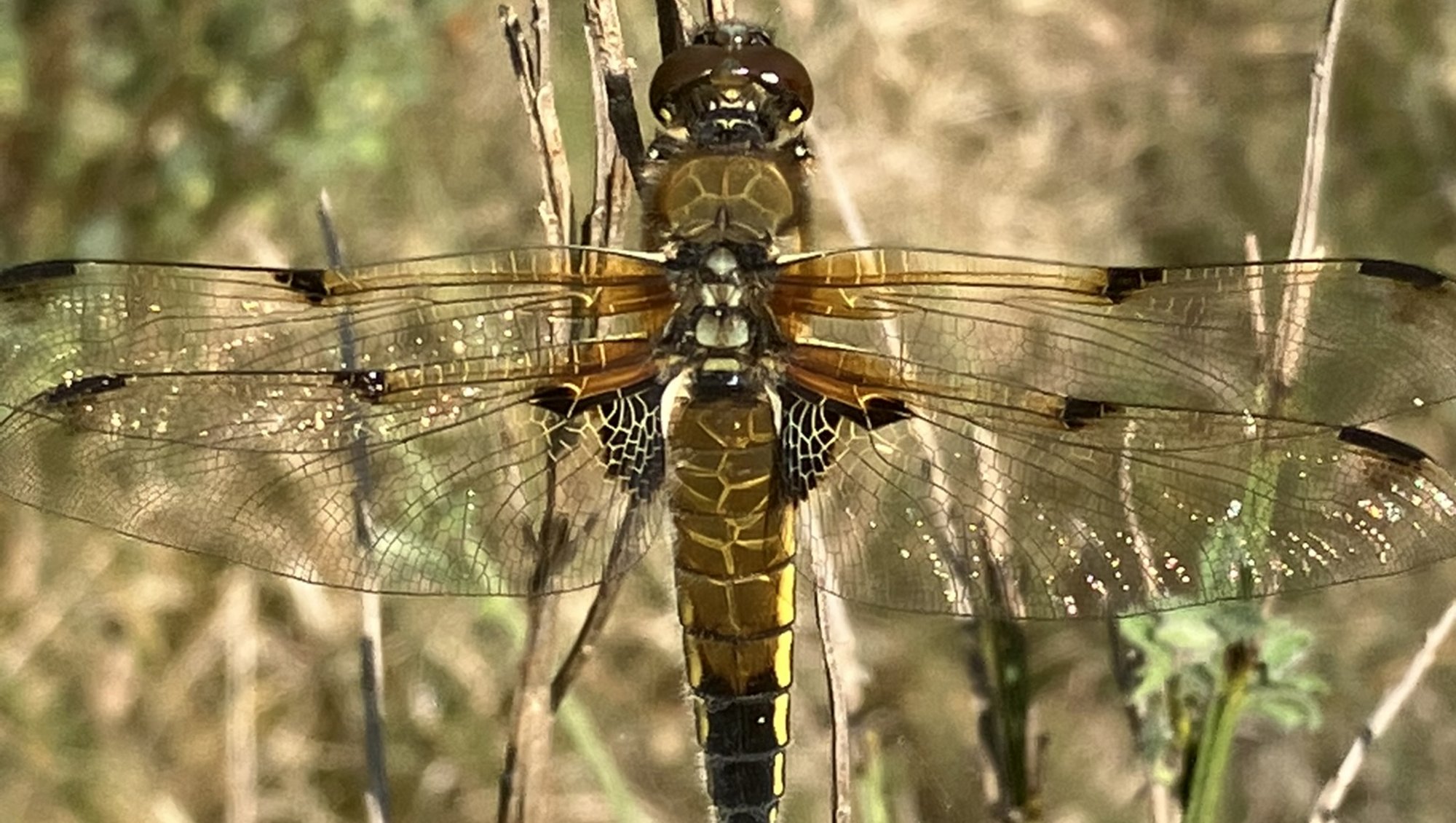4F - Supporting biodiversity and animal welfare in organic pig produktion
An increased market share of organic pork
The purpose of 4F
The main purpose of 4F is to contribute to an increased market share of organic pork by developing, documenting, and demonstrating outdoor systems that meet consumers' expectations regarding animal welfare (natural behavior), environmental considerations, and improved biodiversity.
4F rests on four pillars:
- Testing a new seasonally differentiated agroforestry system to achieve better animal welfare.
- Documenting the biodiversity in existing agroforestry systems with free-range pigs, as well as examining and improving the biodiversity in the experimental agroforestry systems.
- Developing strategies for valuing and marketing the effects of biodiversity.
- Disseminating knowledge about the project's results to farmers, advisors, and consumers.
The four pillars address the necessary conditions for promoting the production of organic pigs in free-range systems. This includes documentation of biodiversity and a new agroforestry system to promote animal welfare primarily aimed at consumers, and new knowledge about the production system mainly aimed at producers and advisors.
The project step-by-step
- Biodiversity will be measured by examining the diversity and, in some cases, the density of birds nesting, resting, or foraging in the enclosures (trees and grass), insects in the trees, flying insects, earthworms, soil mesofauna (eDNA), microorganisms (eDNA), and wild plants.
- Valuation and marketing will be addressed through a workshop with participants from the entire value chain and by synthesizing scientific studies of business models from other European countries.
- Dissemination of the project's results will occur through workshops, video clips, conferences, and journals targeting the producer-led sector, scientific articles targeting the scientific community, as well as video clips, targeted journal articles, and TV programs targeting consumers.
In primary production, 4F focuses on:
- Examining a new summer-winter grazing concept designed for sows without nose ringing and with low environmental impact.
- Introducing new species-rich grassland mixtures contributing to increased biodiversity and feed supply on the farm.
- Identifying and implementing new grazing concepts for free-range slaughter pigs in collaboration with actors from the entire value chain, including producers, advisors, consumers, and decision-makers.




